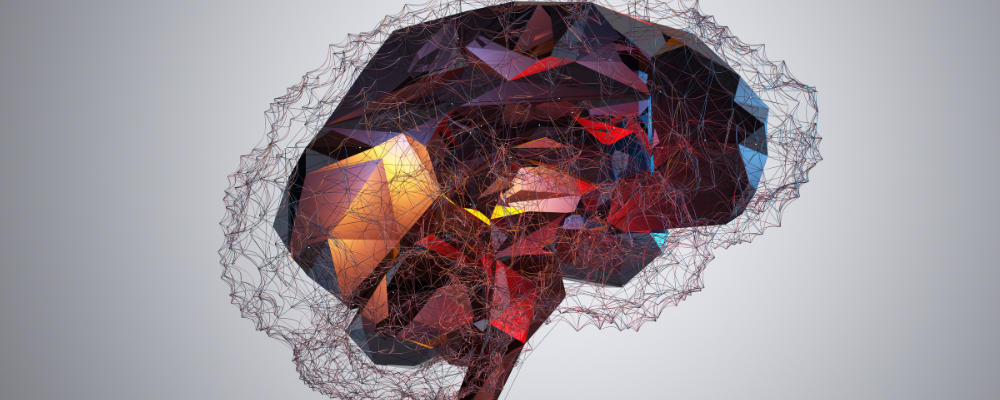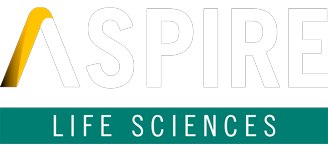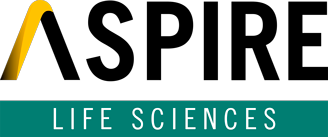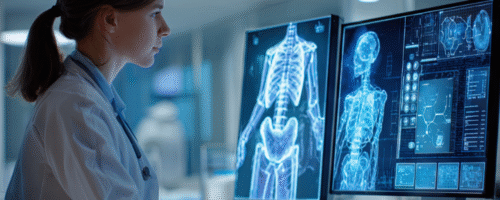From treatment to enhancement: Neurotechnology’s impact on brain health

The idea that humans can interact directly with machines using their brains has gone from science fiction to quietly transforming medicine. From early brain experiments to devices that restore movement, enhance cognition, or measure focus, the field is evolving faster than most people realise.
The past
For much of the 20th century, the brain was a mystery. EEGs could record electrical signals, and scientists experimented with stimulation, but meaningful interaction with machines was nearly impossible. Companies like Medtronic began experimenting with deep brain stimulation in the 1980s to help Parkinson’s patients. These early implants restored some function but were invasive and limited. Back then, neurotech was about survival, not enhancement.
The present
Today, implants and non-invasive devices are delivering real health benefits. Neuralink’s high-resolution implants let monkeys control cursors and play simple games with thought, aiming to help humans with paralysis communicate and interact naturally. Synchron takes a lower-risk approach, threading implants through blood vessels while achieving similar results.
Non-invasive tech is progressing too. Kernel’s headsets monitor brain activity in real time, providing insights into focus, cognition, and mental health, with no surgery required. Perfuze has developed advanced catheter technology for stroke treatment, swiftly removing clots to save lives and restore function. Outside traditional medicine, these tools are being explored for cognitive rehabilitation, mental resilience, and recovery after injury.
These advancements are tightly regulated. FDA & CE approval is mandatory, and even non-invasive devices often require ethical review. Regulations slow innovation but ensure safety and protect users.
The future
Looking ahead, neurotechnology could redefine treatment possibilities. Paradromics is developing ultra-high bandwidth implants for near-instant thought-to-device control, and that could eventually allow more precise intervention for paralysis or neurodegenerative diseases. Neuralink imagines enhancing memory or cognition by connecting humans with AI in ways that could help patients recover or compensate for lost function.
Speculative concepts, such as the ability to record and upload memories, thoughts, and skills, could one day help patients recover lost knowledge or motor abilities. Telepathy could enable communication for patients who cannot speak, bypassing physical limitations and improving quality of life.
Regulation will remain crucial as devices move from therapy to enhancement, ensuring safety, privacy, and ethics guide the field.
Why it matters
Neurotechnology is fundamentally about improving lives. Behind every breakthrough are the engineers, scientists, clinicians, and leaders making it possible. Recruiting the right talent is just as crucial as the technology itself.
If we can bring the best minds together, the ones who see not just what devices can do today, but what they could do tomorrow, then this has a chance of being a real possibility.
If you’re looking to work with some of the globe’s leading start-up MedTech companies focused on Neurotechnology, I’d love to hear from you. The next breakthrough won’t happen without the right people behind it, and those people could be you.
About the author
Taylor Lyons is a Recruitment Consultant at Aspire Life Sciences. He specialises in bridging the gap between talented professionals and leading companies within the MedTech sector across Europe and the Middle East. With a keen focus on the nuances of Medical Device Regulation (MDR), he brings a strategic approach to recruitment. He ensures that both candidates and organisations are aligned across compliance, skills, and cultural fit.
If you’re looking for a new career opportunity or seeking the right addition to your team, contact taylor.lyons@aspirerecruitmentgroup.com.





Leave a Reply